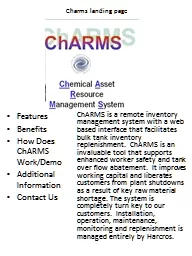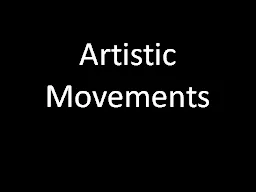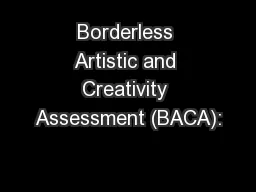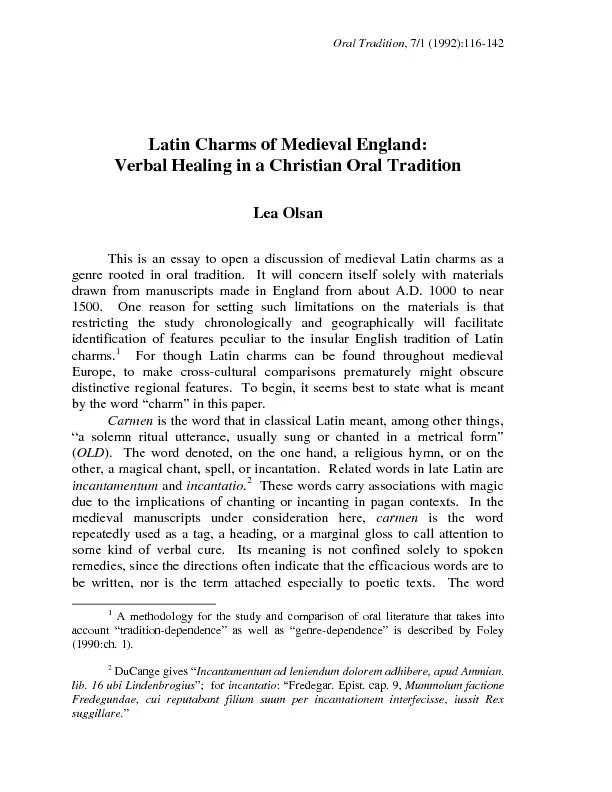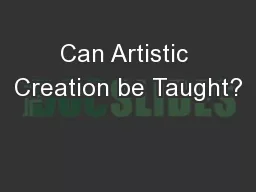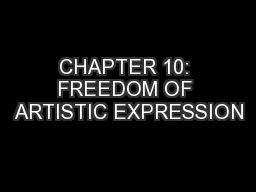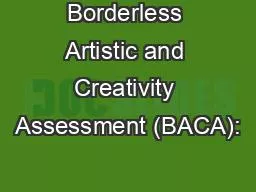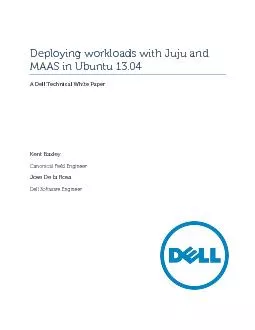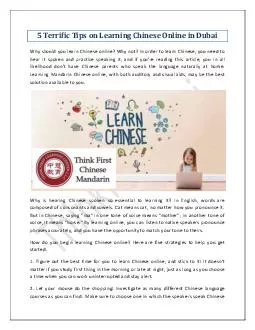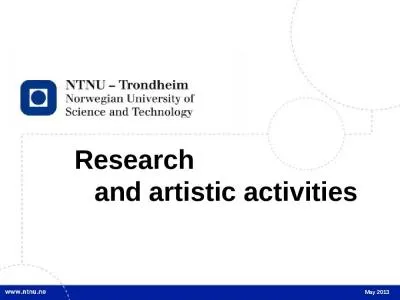PPT-PHIL110045 Artistic Charms of Chinese
Author : sialoquentburberry | Published Date : 2020-10-22
Traditional Culture CHEN Jia School of Philosophy Sept 25 2018 Music the Rites Embedded in Music I The Origin II The System of Rites and Music III The Culture
Presentation Embed Code
Download Presentation
Download Presentation The PPT/PDF document "PHIL110045 Artistic Charms of Ch..." is the property of its rightful owner. Permission is granted to download and print the materials on this website for personal, non-commercial use only, and to display it on your personal computer provided you do not modify the materials and that you retain all copyright notices contained in the materials. By downloading content from our website, you accept the terms of this agreement.
PHIL110045 Artistic Charms of Chinese: Transcript
Download Rules Of Document
"PHIL110045 Artistic Charms of Chinese"The content belongs to its owner. You may download and print it for personal use, without modification, and keep all copyright notices. By downloading, you agree to these terms.
Related Documents


